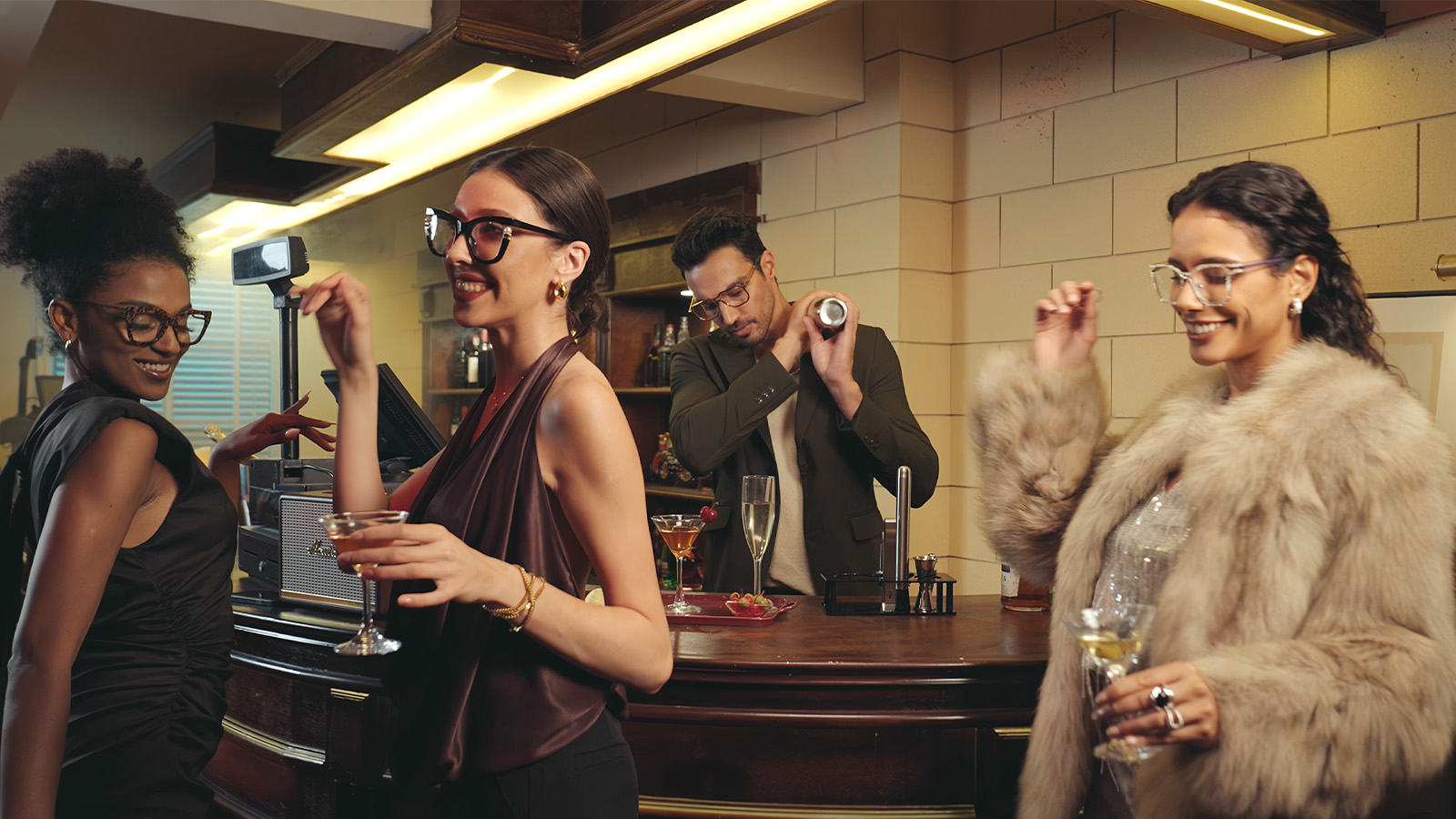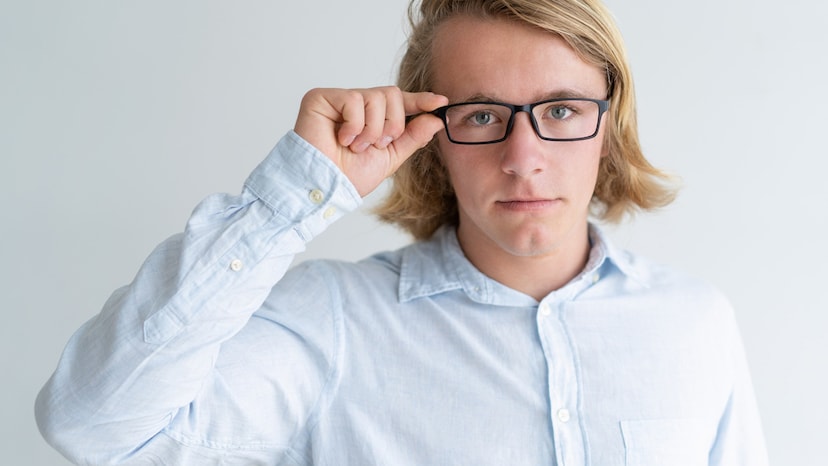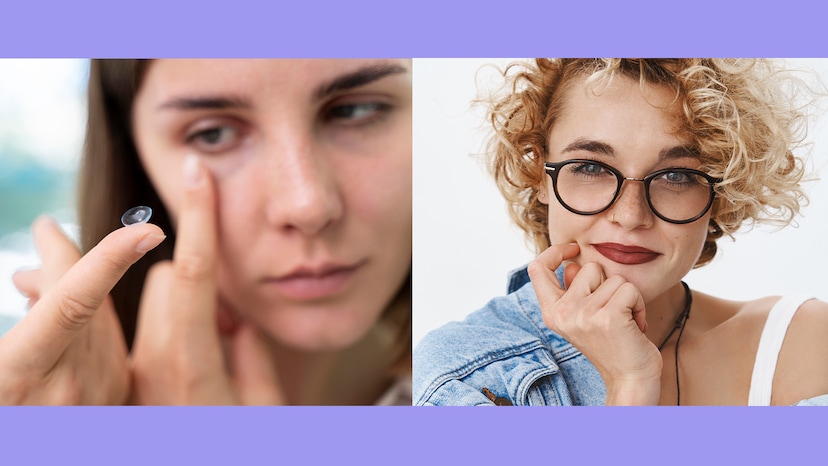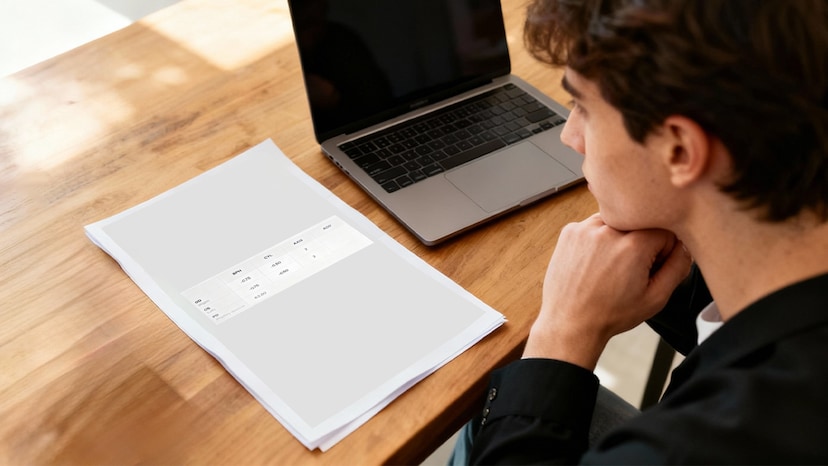Have you ever wondered what those numbers (e.g., -0.75, +2.00) on your glasses prescription mean? Simply put, diopters are units of measurement that measure the strength of your prescription. Still confused about what a diopter is? Don’t worry. In this blog, we clarify diopters, what they are, and why they matter so much.
What Is a Diopter?
A diopter is a unit used to measure the strength of your eye prescription. It measures the focusing strength of your lens. It is calculated as the reciprocal of the focal length in meters (1/f). To better understand the meaning of diopter, consider a magnifying glass. The higher the diopters, the stronger the magnification. Now that you have a general idea of diopters, let’s break down what these prescription numbers mean.

For example:
- A +2 diopter lens has a focal length of 0.5 meters (50 cm).
- A -3 diopter lens corrects nearsightedness by diverging light.
How Diopters Work in Vision Correction
If you are wearing glasses for the first time, you may notice numbers like -2.50 or +3.00 on your prescription. These numbers are called diopters, and they tell you how powerful your lenses are.
Positive diopters (+):
You need these if you're farsighted or presbyopic (age-related near vision difficulty). Positive lenses help you see close-up objects, such as books, mobile phone screens, or labels, nearer to you more clearly.
For example, most opt to use reading glasses or lenses that one buys independently, which vary in diopter power, e.g., +1.00 - +3.00, to aid in reading as one ages.
Negative diopters (-):
These are for people who are nearsighted, i.e., you read well, but what is in front of you becomes blurry when you look at it from afar.
On your prescription, you'll see numbers like -2.50 or +1.75 next to each eye. The higher you get, the stronger the lens is. -1.00 is not strong, while -6.00 is very strong.

Diopters in Photography and Optics
Diopters are also useful in cameras, microscopes, and magnifiers. You may have noticed that your camera has a small dial. These dials or levers are called diopter adjustments. These are located close to the optical viewfinder. They adjust the focus in case of visual disability and enable one to observe objects clearly using the viewfinder even without spectacles. The diopter adjustment works like spectacles by correcting the focus.
Photographers also use diopter filters on camera lenses. They are like mini versions of magnifying glasses, but for your camera lens. They help focus on close-up objects, such as photographing insects or flowers.
Note: You must carefully select the lens power. If you make a mistake, your eyes may blur, or you could develop headaches and eye strain. If you get prescription reading glasses, for example, and you select not just one diopter that is stronger than is necessary, you might be just fine to read close-up, but dizzy or uncomfortable.
Why Diopters Matter
Diopters put glasses in the correct place because they assist you with the right lenses to correct your vision. When you are getting glasses for the first time, or just getting reading glasses from a chemist, getting the correct diopter power makes all the difference as far as your vision and comfort are concerned.
If you choose the wrong power, your vision might still be blurry, or you may suffer from extreme headaches and eye strain. For instance, if you get over-the-counter reading glasses and choose a diopter that is too strong, although you may read just fine, it will make you dizzy.
Tip: Experiment with various reading glasses in-store. Begin with the lowest diopter power, such as +1.00, and work your way up until words on a book or label become clear. Select the lowest power that is effective, relieves strain, and comforts your eyes.
During your full eye test, your eye doctor will check your vision and write a prescription for the exact power of diopters required in each eye. You will then be fitted with the correct glasses or contact lenses to compensate for your eyesight, so that you can read, work, or drive without any difficulty.
Conclusion
If you wear contact lenses or glasses, it is important to understand what a diopter is and what it means in a prescription. In short, a diopter measures lens power, impacts vision correction and optics, and helps people make informed choices. By closely evaluating your needs, your optometrist can recommend glasses that are well-suited to your needs. If you’re searching for superior eyeglasses, think of ZEELOOL, as our best Eyeglass Prescription reading guide is always at your fingertips to assist in your decision-making process.




















